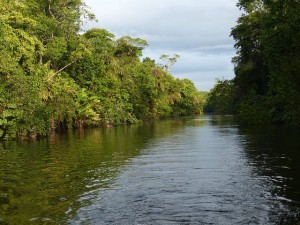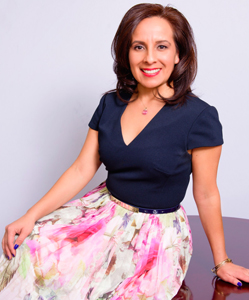 Just like art forms such as theatre and painting, poetry has followed much the same movement. In Costa Rica, poetry existed during the colonial times; however, many say its birth happened in the 1890s. Some of the most famous authors of that time are Jose Maria Alfaro, Juan Diego Braun, Jenaro Cardona, Aquileo Echeverria, Carlos Gagini and Rafael Machado. A few of them also wrote novels and short stories as well as essays.
Just like art forms such as theatre and painting, poetry has followed much the same movement. In Costa Rica, poetry existed during the colonial times; however, many say its birth happened in the 1890s. Some of the most famous authors of that time are Jose Maria Alfaro, Juan Diego Braun, Jenaro Cardona, Aquileo Echeverria, Carlos Gagini and Rafael Machado. A few of them also wrote novels and short stories as well as essays.
The poetry of today in Costa Rica was had its boost of popularity due to a magazine publication known as Repertorio Americano in 1919. In this magazine several authors contributed to it, but the biggest names were those of Rafael Angel Troyo, Lisimaco Chavarria and Auristela Castro de Jimenez. These few authors wrote about such things as castles, fairies, mysticism, and spiritualism all through a very unique language style that gave the poems a very modern sound and feel.
These poets were often criticized heavily for their work because they often ignored their current surroundings and instead focused on highlighting a fantasy world created within their minds. As with all things poetry eventually changed. It moved from the earlier Cosmopolitan themes to more provincial themes and language.
Throughout the 1920s and into the 1940s, Costa Rican poets explored such topics as intimate feelings, which included erotica. They also talked about feelings of melancholy, which was the early term for what is known today as depression.
In the 1960s there was a birth of authors such as Jorde Debravo, Laureano Alban and Alfonso Chase. These poets were known for not only writing fantasy styled literature, but also because they offered hope and belief in the possibility of change. Erotic poetry, though it has been existent long before this time period, really took off in the 1960s with erotica and sex being encouraged as being natural and thus glorifying this particular type of writing.
Costa Rican poetry from the 1980s until present day has changed greatly like in every society. This changes with the people and the cultural movement of the times. The poets of today have appeared to have left realism behind and new styles of poetry is on the rise. The newer style of poetry follows the thematic context which is the disenchantment of the current political climate.
Poetry in the 90s focused on the height of liberalism, which was responsible for great change in the working structures as well as in the social structures of the country. Joaquín García Monge and Carlos Gagini are two poets that wrote this type of literature and are well known for writing in this style.
As you can see poetry in Costa Rica has really developed and changed throughout the centuries and still continues to grow and change today. As we become a more global society there will be even more changes. Stay tuned!




